The Swine Health Information Center (SHIC) reports positive results from research funded on influenza detection and differentiation diagnostic development; better understanding of influenza control demands sufficient diagnostic capabilities. This has yielded creation of the first 5-Plex RT Influenza PCR for animals that detects and differentiates between Influenza A, B, C and D with one test.
With lessons learned from PED in mind, making sure the pork industry is ready to diagnose emerging diseases is a key part of SHIC’s priorities. When the Swine Disease Matrix was created to help prioritize emerging diseases of risk, Influenza C and D Viruses were added and a review of readiness completed. Gaps in preparedness highlighted the need for better influenza diagnostics to help with monitoring and surveillance.
Dr. Xuming Liu, a member of the Molecular Research and Development team at Kansas State Veterinary Diagnostic Laboratory, was tapped to be the principle investigator of the diagnostic development. His team members on the K-State Molecular Research Team have developed over 50 molecular diagnostic assays or DNA sequencing procedures to validate and improve molecular diagnostic methods for pathogens. They also specialize in exploring new technologies to increase throughput capabilities in labs.
Medical professionals have tests for humans and animals to detect and differentiate Influenza A, B, C, and D Viruses (IAV, IBV, ICV, IDV). However, these tests have only a 40 to 60 percent coverage of all the currently available influenza virus sequences, a concern. In addition, the tests are uniplex or diplex and are not able to discern between all the influenza viruses in one step.
Read more about influenza genera at the conclusion of this article.
Liu et al developed and validated a high-coverage multiplex real-time PCR assay to simultaneously detect and differentiate influenza A, B, C, and D viruses plus a control. This first-of-its-kind assay has 98 to 100 percent coverage of all influenza virus sequences while being sensitive and specific. This is a huge improvement over the previous tests’ 40 to 60 percent influenza virus sequence coverage.
The developed assay has wide application for diagnosis, monitoring and surveillance of influenza in swine, bovine, avian, other animals, including humans upon clinical validation.
While conducting research for this project, Liu’s team identified the first ICV positives in bovine in the world.
For incidents of high or ongoing morbidity or mortality where an etiology is either not identified or there is a strong suspicion that the identified etiology is not the likely cause of the outbreak, SHIC offers support for the need for further diagnostic workup to identify newly introduced or emerging swine diseases. Read more about diagnostic fee assistance here.
Funded by America’s pork producers to protect and enhance the health of the US swine herd, the Swine Health Information Center focuses its efforts on prevention, preparedness, and response. As a conduit of information and research, SHIC encourages sharing of its publications and research for the benefit of swine health. Forward, reprint, and quote SHIC material freely. For more information, visit https://www.swinehealth.org or contact Dr. Paul Sundberg at [email protected].
Influenza A Virus (IAV):
• Most common and widely distributed
• New IAV emergence can cause human pandemics (2009 H1N1 commonly known as “Swine Influenza”)
• Alongside IBV, causes seasonal epidemics in humans almost every winter in the US
• Infects humans, pigs, cattle, birds, and more
• Previously thought to be the only influenza virus that could infect pigs and cattle
• Usually H1N1 and H3N2 in human flu vaccines alongside one or two IVB strains
• Classic influenza clinical signs in pigs
Influenza B Virus (IBV):
• Alongside IAV, causes seasonal epidemics in humans almost every winter in the US.
• One or two commonly included in human flu vaccines alongside IAV
• Recent evidence demonstrates infection in humans, pigs, and cattle
• Study showed 38 percent of pig farms sampled had antibodies to IBV
• Clinical signs post experimental infection in pigs
• Influenza-like symptoms, lung lesions, and seroconverted post virus inoculation
Influenza C Virus (ICV) – SHIC Fact Sheet:
• Added to the SHIC Swine Disease Matrix as an emerging disease to watch
• Infects humans (preferred host), swine, dogs, horses, and cattle (newly discovered by SHIC funded research)
• 80 percent of humans acquire antibodies in their lifetime
• Found in pigs in China all months of the year (1981 first isolate)
• Can circulate with other influenza viruses
• Mild clinical signs in pigs
• Normal temperature
• Increased nasal secretion
Influenza D Virus (IDV) – SHIC Fact Sheet:
• Added to the SHIC Swine Disease Matrix as an emerging disease to watch
• Relatively little is known
• Infects swine and cattle (not known to infect humans)
Copyright 2024 | Swinehealth.org | Website by Heartland Marketing Group